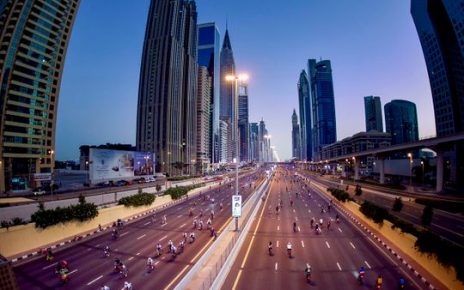
Cyclists have held a protest along Dublin’s Quays to highlight the delays in developing the Liffey Cycle Route.
The plan to create a continuous segregated cycle track from the Port to the Phoenix Park has gone through a number of proposals and public consultations since 2011.
But each design has been rejected because of either design problems, or opposition from councillors, residents or business groups.
Chairperson of Dublin Cycling Campaign Kevin Baker said the earliest possible date for the latest plan to be completed is 2024 and that this is not soon enough.
He says cyclists want to see trial measures put in place, using temporary bollards, to test out the route and see how it will work in practice.
“Trialling sections of a segregated cycle route along the River Liffey will deliver something quicker than 2024 and show the huge demand for a safe cycle route along our city’s river,” he said.

The Liffey Cycle protest began in Grand Canal Square at 11am, with a large group setting off to cycle a loop of the Liffey Quays, before finishing up back at Grand Canal Square.
The trial implementation of the cycle route is due to be discussed at next month’s Dublin City Council meeting and an online petition received more than 4,000 signatures.
Previous plans by the city council had concentrated on having a two-way cycle way on the North Quay with options such as diversions for either cars or buses or boardwalks for pedestrians to cope with pinch points such as Ellis Quay and maintain a continuous cycle facility.
The National Transport Authority took over the project and is now planning a single cycle track either side of the quays.
However, the Irish Parking Association remains opposed to a Liffey Cycle Route, saying it is being used to restrict car access to the city centre.
In a statement, the association said “it is a total nonsense to install it on such narrow quayside streets that cannot currently accommodate public transport and vehicular traffic”.


